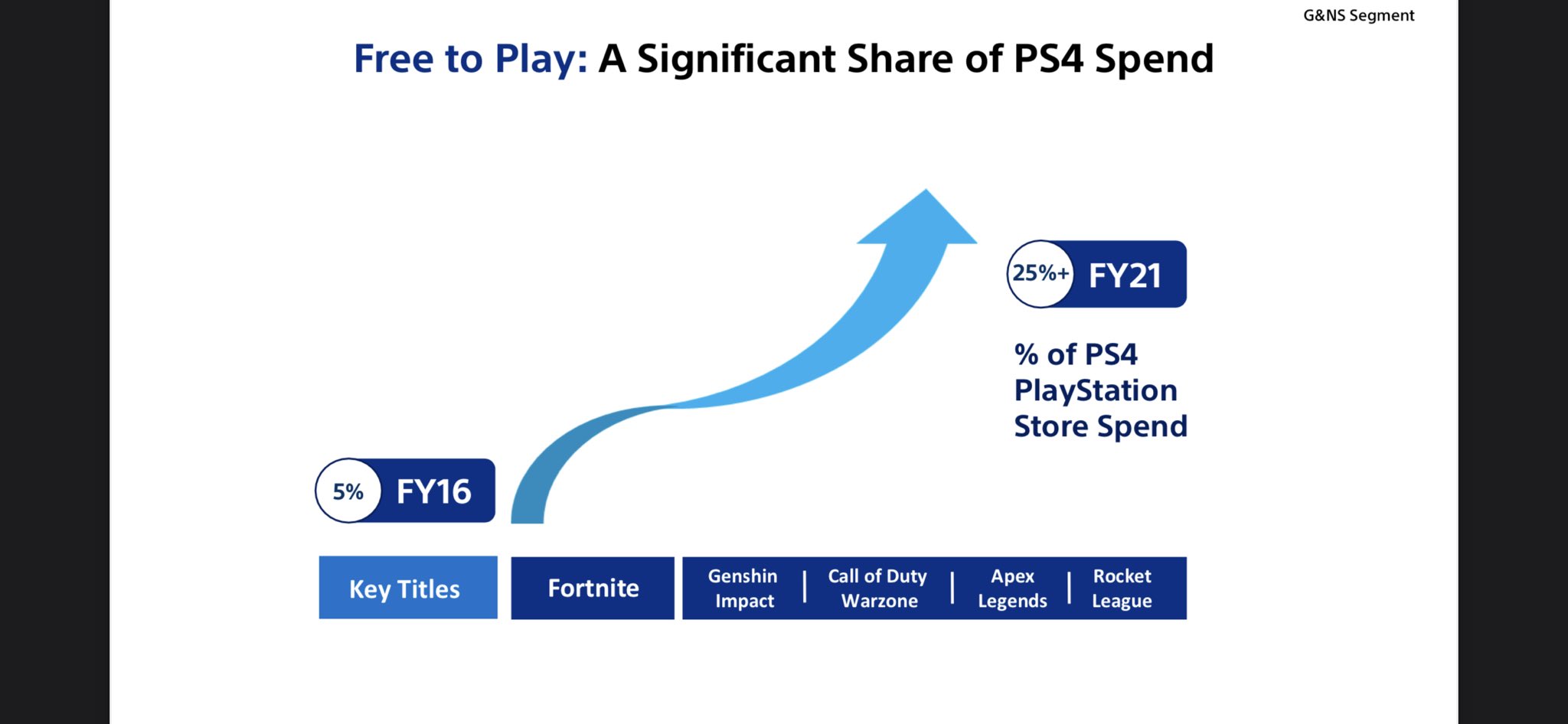- ARPDAUPosted 13 years ago
- What’s an impressive conversion rate? And other stats updatesPosted 13 years ago
- Your quick guide to metricsPosted 13 years ago
The Death of the Console, a book proposal – part 4 of 4
This is the FOURTH part of the first chapter of a book proposal I sent out earlier this year. No publisher offered an advance against it, mainly because they felt it was too niche.
I liked it, and I wanted to publish it before it got too out of date. So here is. If you like it, please comment, retweet or share it on Facebook (or forward it to any publisher friends that you have)
The Golden Age of Hollywood, the heyday of the studio system ran for thirty years from the late 1920s to the late 1950s. It saw rapid technological change with the arrival of “talkies” and sound bringing new thrills to audiences for whom the technology of movies themselves was novel and exciting. A handful of movie studios grew to dominate the market: they owned or could control the cinema chains where the moves were shown; they had the equipment and sound stages to make the movies; and they had contractual rights over the key talent of the industry – the actors, writers and directors.
In an average week in 1947, 90 million Americans, out of a total population of 151 million, went to a movie.[30] But this was not to last. Two factors were to emerge that would shake the studio system to its very foundations. And while these factors ended the Golden Age of Hollywood, they led to a new era of creativity and innovation, as the creative talent that underpinned the industry was freed from the constraints of studio contracts and enabled to explore, challenge and improve the medium of film.
The first factor was the Hollywood Antitrust Case of 1948, which forced the studios to relinquish ownership of movie theatres and to end their practice of block-booking independent cinemas. The second was television, which threatened to decimate the financial performance of the studios by encouraging movie-goers to stay at home rather than paying for a cinema ticket. Between them, they led to a catastrophic fall in cinema revenues. Inflation adjusted box office receipts[*] fell from $6.9 billion in 1948 to $2.96 billion in 1985, followed by a slow recovery to $7.48 billion in 2003. But it did not spell the end of the studios. In fact, they thrived. The emergence of new channels such as home videos and DVDs, free-to-air television and pay-TV saw inflation adjusted revenues rise from $6.9 billion in 1948 to $41.1 billion in 2003. [31]
In many respects, the games industry resembles Hollywood before 1948.
The giant publishing companies are analogous to the movie studios: They control the distribution through their relationships with powerful retailers; they own proprietary technology and tools to make their games; and with rare exceptions, they have the key creative and technical talent locked in to contracts with little prospect of substantial remuneration no matter how successful their creations may be.
But this model is coming under increasing threat. The emergence of the Internet is every bit as disruptive as the Hollywood Antitrust Case of 1948, threatening the publishers’ control of distribution and putting power into the hands of smaller developers. The increasing sophistication of industry-standard tools and technology means the creative and technical talent is becoming more able to switch between employers. And new business models are emerging, particularly amongst new demographics and new territories, allowing innovative companies to carve out strong businesses that are funded by a combination of advertising, subscriptions and purchases of in-game virtual goods without a physical console in sight.
Games developers are slowly becoming more visible. A handful of individuals can “open” a game with their name emblazoned on the box. New, flexible studios that more closely resemble movie production companies than traditional games developers are emerging. And publishers are even beginning to embrace the model. Microsoft has massively reduced the number of in-house developers it employs to enable it to work more with external development studios.
* * *
Individually, these factors are significant. Taken together, they represent a fundamental shake-up of the entire games industry. Consoles like the Wii and games like RuneScape have demonstrated that fun and entertainment are more important to a mainstream audience than the hyper-realism of an expensive, technological arms race. The fragmenting audience threatens the razors-and-blades model of the console manufacturers and limits their long-term ability to compete for the larger prize of controlling the home entertainment hub. Publishers are being forced to change, accepting that in an online world their historic dominance is being eroded, giving more power to developers. And the creative talent is making games for a vast array of platforms, whether that be online, browser-based, mobile or even, for now, incredibly powerful home consoles.
But the long term future of the games industry is not tied to proprietary consoles. The next decade will be the most exciting in video game history. And it will end with the death of the console.
Read the rest of the chapter 1, 2, 3, 4
[*]The figures are inflation adjusted from a 2003 base.
[30] The Big Picture, Edward Jay Epstein (Random House, 2006) p4
[31] The Big Picture, Edward Jay Epstein (Random House, 2006) p20











